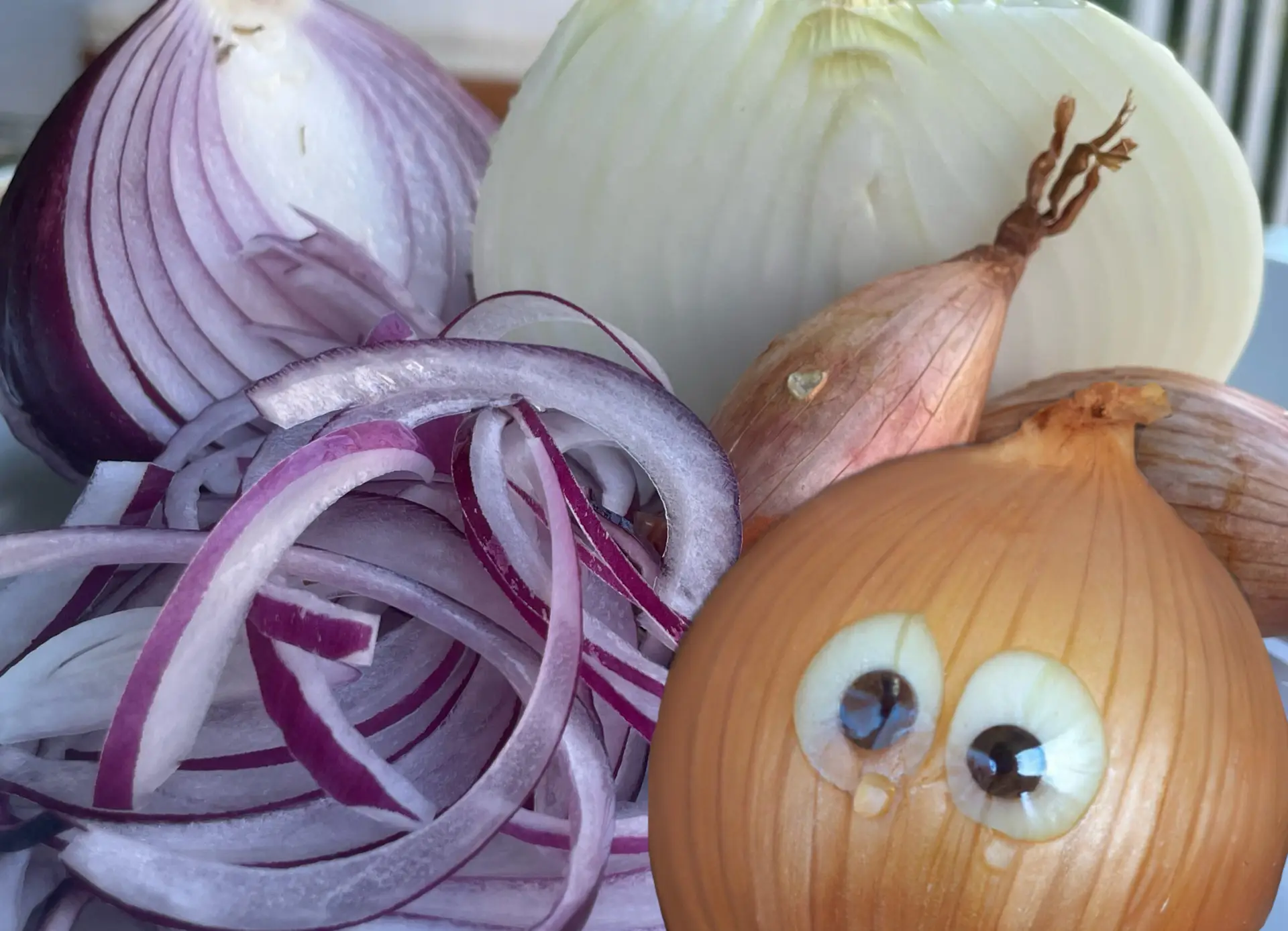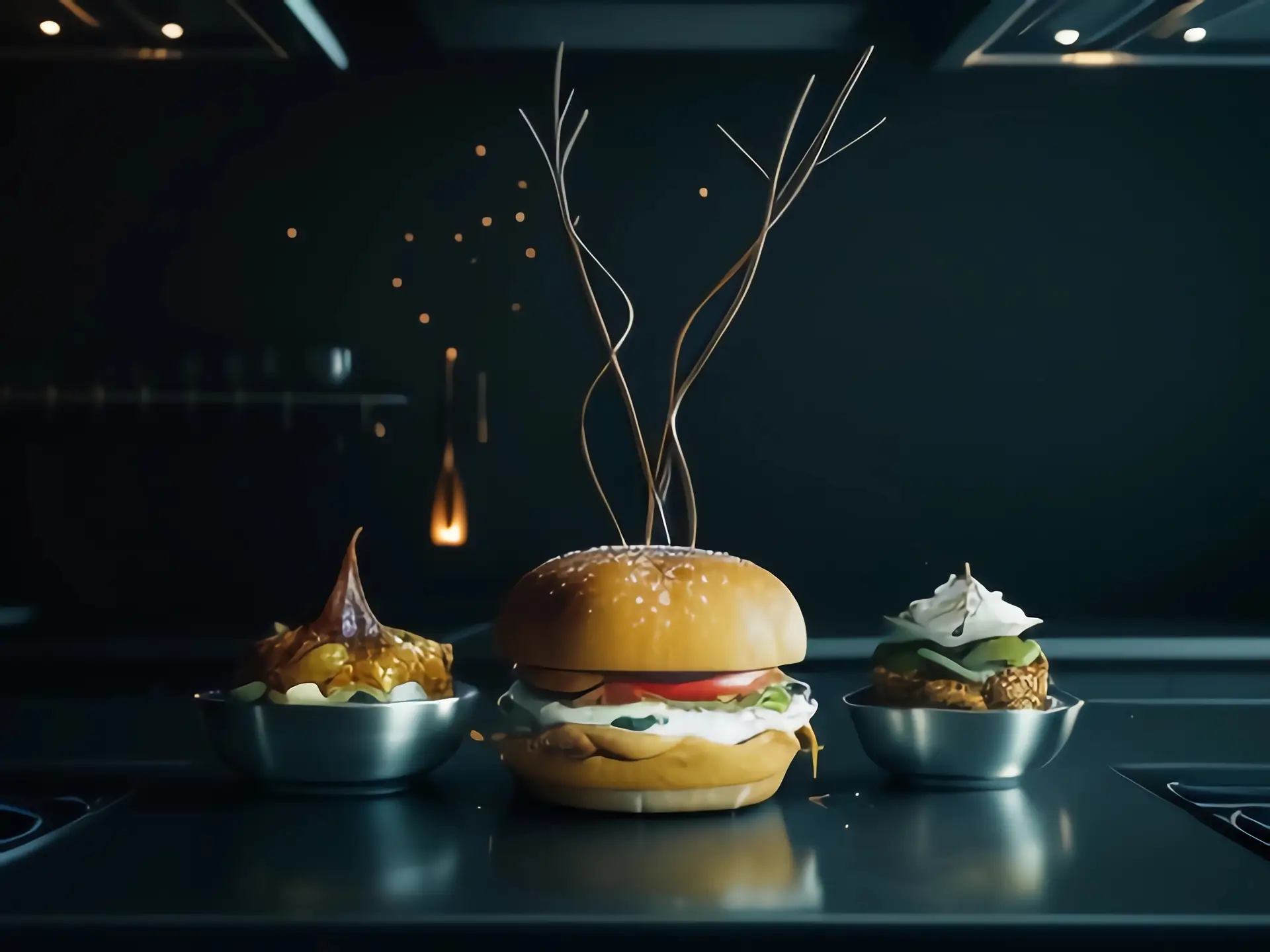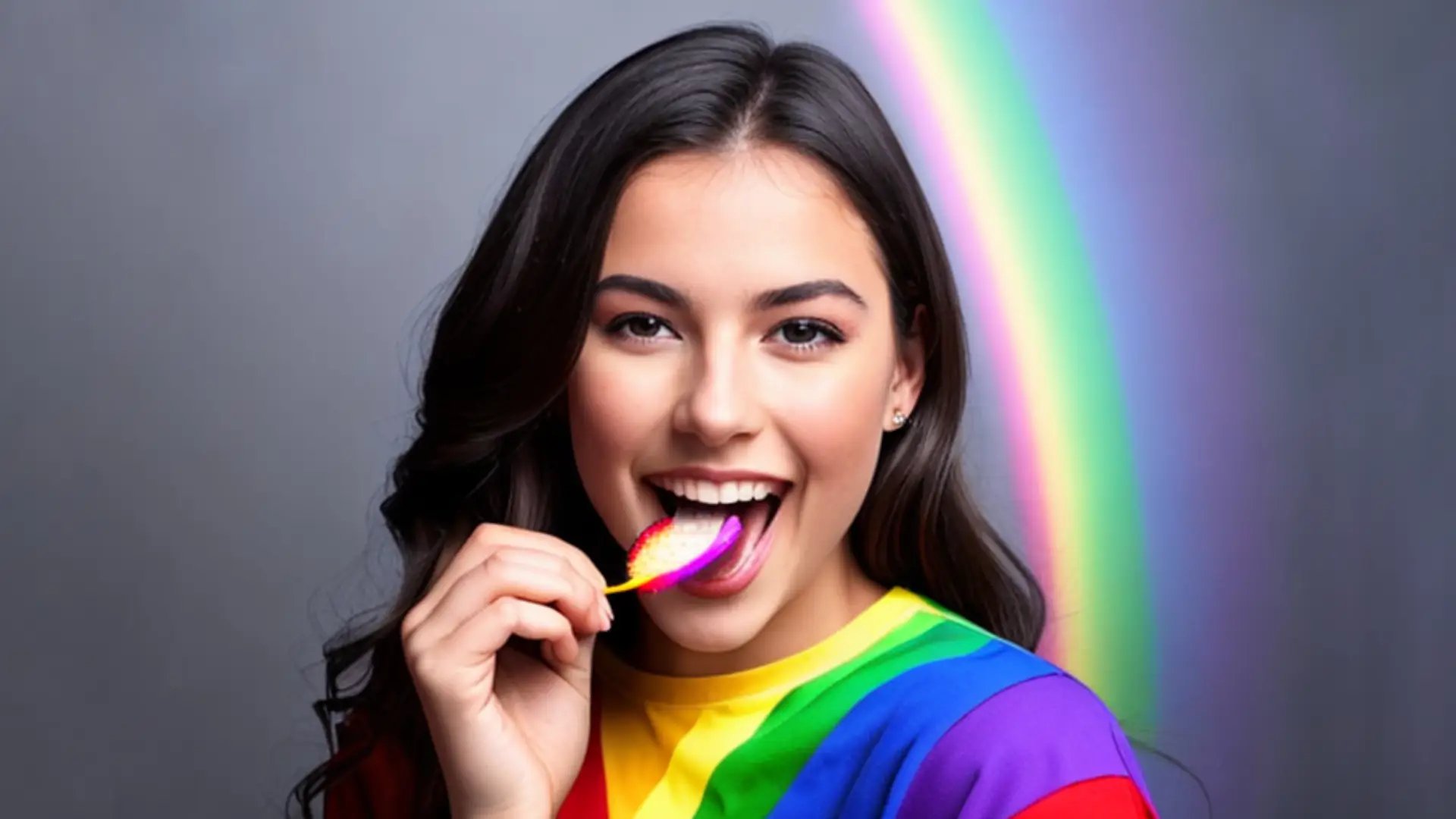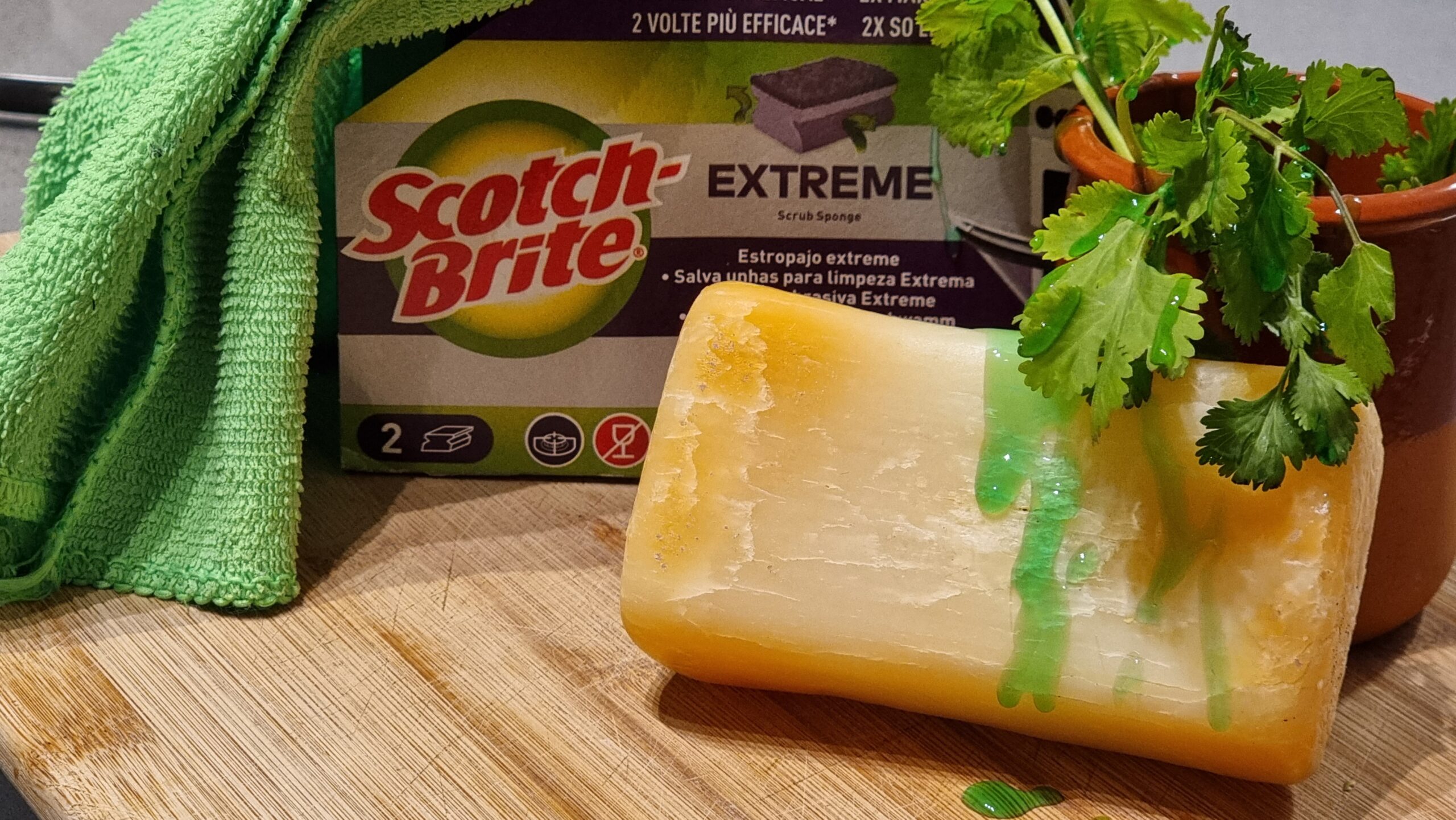Difference between Caramelization, Maillard Reactions, and Enzymatic Browning.
Saute till golden (in case of vegetables), “DO NOT MOVE IT, Let It CARAMELIZE” (in case of meats). We all have these phrases but what do they mean? Do cookbooks come with shades of brown color with which we can compare our resulting shade? Use of the word Caramelize or Caramelization is unintentional, or maybe intentional if they are overwhelmed by social obligations, chicanery done by chefs or authors, or cooking enthusiasts.
The most common confusion these days is between Caramelization, Maillard Reactions, or Maillard Browning (a little inappropriate, but we’ll overlook that) and enzymatic browning. Let’s clear this up with the help of a simple flow chart.

There are many more types of reactions that come under browning but generally in cooking these are the only ones that concern us. Also, there are innumerable things that we don’t know about Maillard Reactions, it’s a hot topic in food science even today, and we’ll need another blog to discuss it so we’ll not discuss it now.
As we can see that browning is a class of reactions under which all of these come. Let’s look at all three of these in a little technical way, their definitions, and the temperature ranges in which they occur.
Enough with the big words, simply, caramelization is the breaking down of sugar molecules into simpler compounds (and yet complicated sapictive molecules) by heat. Here is a chemical reaction that happens when sucrose is heated to 150°C.

The most important thing in this reaction is to note that none of the compounds formed are sweet-tasting, acetic acid (a most prominent compound in our vinegar) is sour, Furan gave a nutty note and Maltol is our distinctive caramel flavor. Hence the caramel is not as sweet as the sugar (some of the true sugar molecules remain un-caramelized). Now, when people ask or tell us to caramelize our onions, they are apologetically and semantically, wrong. Onions don’t caramelize; they undergo several reactions which are classified under the name of Maillard Reactions (yes, plural “reactions”). But keep in mind that even caramelization of sugar is not an ideal reaction, some of it also undergoes pyrolysis and that leads to the formation of many more compounds that are still not determined.
Pro Tip: When you are confused between three of these just use the word BROWNING, in this way you’ll not be wrong, but not completely right either.
Images from:
https://free4kwallpapers.com/space/space-onion-wallpaper–0yZ5







